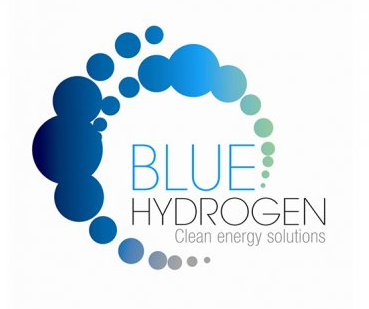
Eventually, though, as technology improves, green hydrogen may serve as an environmentally sound fuel for many years to come.īlue hydrogen, by contrast, is produced through a complex and energy-intensive process that mixes methane gas with water to create carbon dioxide and hydrogen. It aims to capture 98 per cent of carbon emitted during the production of hydrogen and pipe it into storage beneath the North Sea.Green hydrogen would provide a cleaner form of energy in many uses currently associated with pollution and would slow climate change, but experts say that the technology for economically producing it is still some years away. We have already supported a range of green hydrogen projects, and the UK will publish its first ever Hydrogen Strategy this year.”Įarlier this month, BP announced that it plans to build the UK’s largest hydrogen plant by 2030: a blue hydrogen plant in Teesside. “A focus on clean, green hydrogen within targeted sectors and hubs can support multiple government goals – including demonstrating climate leadership, reducing regional inequalities through the “levelling up” agenda, and ensuring a green and cost-effective recovery from the coronavirus pandemic which prioritises jobs and skills,” said Juliet Philips, lead author of the E3G report.Ī government spokesperson reiterated the government’s plans to expand hydrogen production to 5GW, supported by a £240m net-zero hydrogen fund and added: “Scaling up the production of low-carbon hydrogen is a key part of our plan to end the UK’s contribution to climate change by 2050.

The oil and gas industry has proposed blending hydrogen into the gas supply – making use of existing infrastructure – or mandating hydrogen-ready boilers in new housing.Į3G is urging the government to expand the membership of its hydrogen advisory council to prevent it becoming a “megaphone” for the fossil fuel industry.

It also warns against using hydrogen as a replacement for natural gas in heating, blending it into gas supplies, or mandating hydrogen-ready boilers nationwide as this would lock the UK into continued use of fossil fuels. For instance, it says that hydrogen for heating homes will be inefficient, expensive, and require 30 times more offshore wind to produce green hydrogen than is currently installed around the UK. It calls for an “honest” hydrogen strategy which recognises where green hydrogen is not the optimal pathway for decarbonisation. It also recommends focusing this in areas with abundant renewable-energy sources, such as near offshore wind farms, in order that production of hydrogen will not be associated with more carbon emissions. Although it could be called net-zero if used in conjunction with efficient carbon capture and storage, there remain serious limitations in this technology.Į3G recommends that the government should focus with “laser precision” on developing green hydrogen and deploying this resource – which will be scarce for many decades – in sectors that do not have viable alternatives to carbon-heavy fuels, such as aviation and shipping. While green hydrogen requires a large energy input, blue hydrogen cannot be described as a zero-emission fuel source.

In particular, the E3G report criticises government plans to scale up the use of both “blue” hydrogen (produced by splitting natural gas into hydrogen and carbon dioxide) and “green” hydrogen (produced by splitting water by electrolysis into hydrogen and oxygen).

However, it warns that the government’s approach to expanding hydrogen risks locking in fossil fuel use and continued carbon emissions. The think tank says that, when used appropriately, hydrogen can support the decarbonisation of industrial hubs across the UK including in sectors where there are no readily available pathways to zero emissions. Part of the government’s plan for a “green industrial revolution” is a significant expansion in hydrogen, aiming to meet 5GW of hydrogen capacity by 2030. It produces just heat and water when burned or used in fuel cells, making it a highly attractive alternative to polluting fuels used in transport, heating, and industry. Hydrogen is a potentially zero-carbon fuel source.


 0 kommentar(er)
0 kommentar(er)
